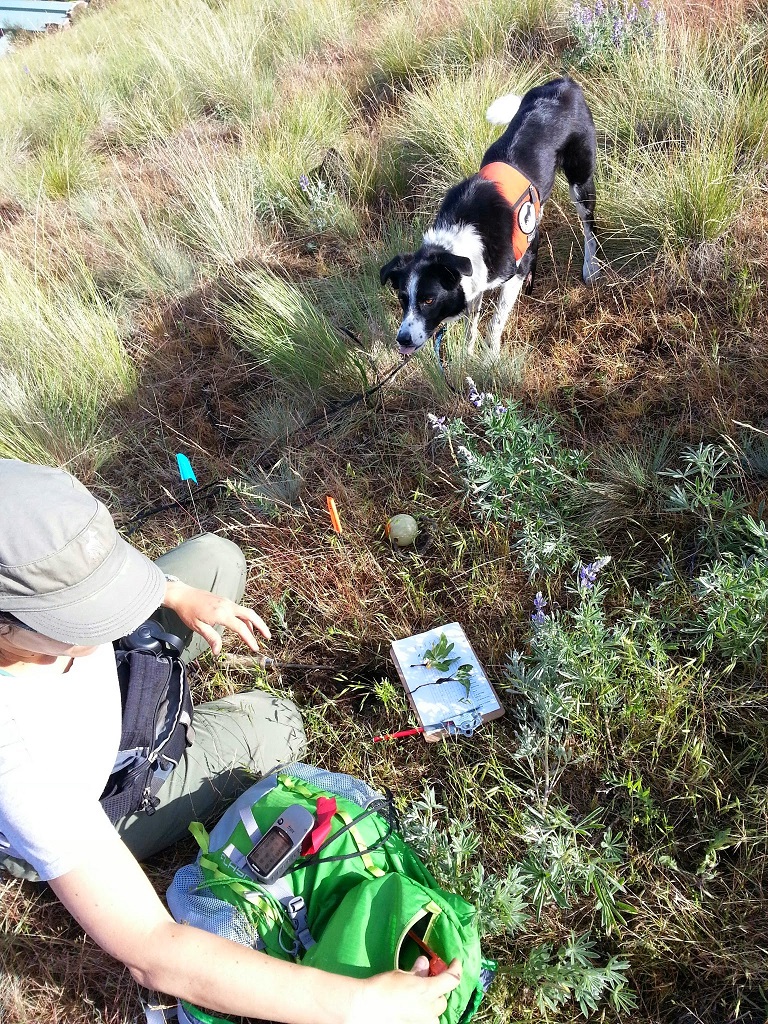Conservation: Dogs Sniff Out Invasive Weeds
Wednesday, November 12th, 2014This is Passport to Texas
Using their keen sense of smell (often to locate scat), trained conservation detection dogs assist with monitoring endangered wildlife, defining wildlife corridors and helping to eradicate invasive species.
06—Almost all of our work is in partnerships with non-profits, or agencies or sometimes universities.
Pete Coppolillo is Executive Director of Working Dogs for Conservation in Montana.
13—It’s really cost effective because you can find information about a lot of animals without having to fly a helicopter around and dart them and capture them and do things like that.
Lab analysis costs are decreasing, too, making it easier to obtain more information from scats. Yet, some successes have nothing to do with wildlife.
29—I’ll give you one example: there’s a weed here in Montana called dyers woad that has infested large parts of Utah, and then it appeared here. For a long time, the expectation was we’ll never get rid of it [because one plant can set 10,000 seeds]. Because dogs are so good at finding it, and because they can find it before it flowers or sets seed, we are close to eradicating that plant in a place called Mount Sentinel. You know, it’s a really powerful, scientifically rigorous tool, and it opens the door to doing things we hadn’t dreamed of.
You can learn more about conservation detection dogs, and see pictures of the dogs, Working Dogs for Conservation.
For Texas Parks and Wildlife…I’m Cecilia Nasti.



 Passport to Texas is a
Passport to Texas is a  Passport to Texas is made available by:
Passport to Texas is made available by: